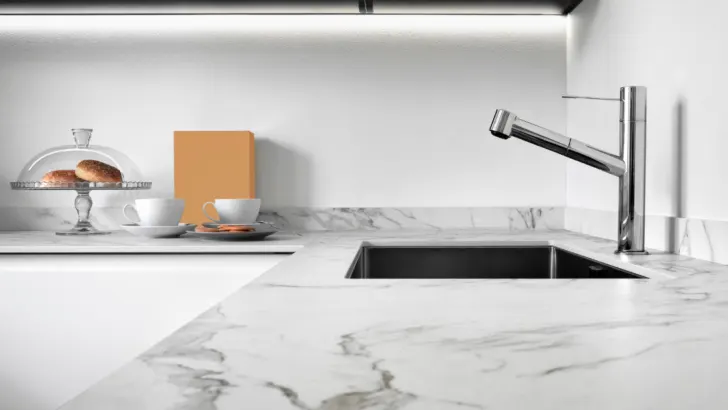
Hands-Free Helpers – Assessing the Reliability of Touchless Kitchen Faucets
Are touchless kitchen faucets Reliable or Not? The Truth About Touchless Kitchen Faucets
As a homeowner, I know that the kitchen is the heart of the home. It’s where we cook, eat, and gather with family and friends. The sink and faucet are essential components of the kitchen, and the faucet’s reliability is critical.
Touchless kitchen faucets have become increasingly popular in recent years. They are designed to be easy to use, maintain, and reliable. Touchless faucets don’t require you to touch the faucet handle, which can help to prevent the spread of germs. They can also help to save water by automatically turning off when not in use.
I’ve been using a touchless kitchen faucet for the past year, and I can honestly say that I love it. It’s so convenient to not have to touch the faucet handle, especially when my hands are dirty or wet. I also appreciate the fact that it helps to reduce the spread of germs in my kitchen and can help save water.
Of course, there are some downsides to touchless faucets. They are more expensive than traditional faucets, and they can be more difficult to troubleshoot if they malfunction. But overall, I think the benefits of touchless faucets outweigh the drawbacks.
In this article, I will explore the pros and cons of touchless kitchen faucets and answer the question, “Are touchless kitchen faucets reliable?” I will also share my own personal experience with touchless faucets and offer some tips for choosing the right one for your home.
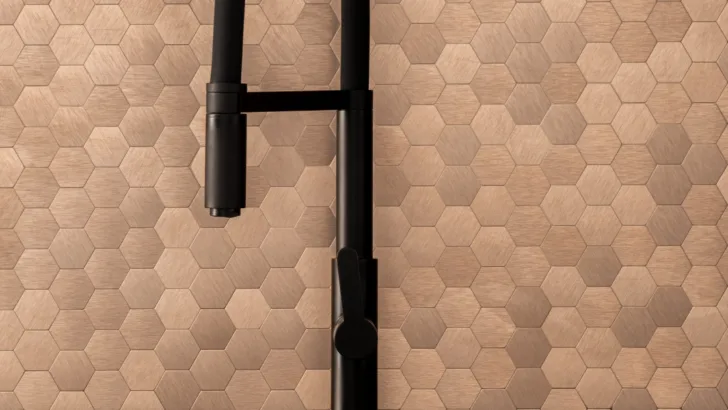
Touchless Faucet Truths – Can You Depend on Their Performance
Key Takeaways
- Touchless kitchen faucets are reliable and easy to use, making them a great choice for homeowners who want to avoid contamination and keep their kitchen clean.
- While touchless kitchen faucets are generally reliable, they also come with some disadvantages, such as high cost, potential for malfunctions, and the need for batteries or electricity.
- When choosing a touchless kitchen faucet, it is essential to consider factors such as flow rate, spout height, finishes, and certifications, as well as the cost and potential for malfunctions.
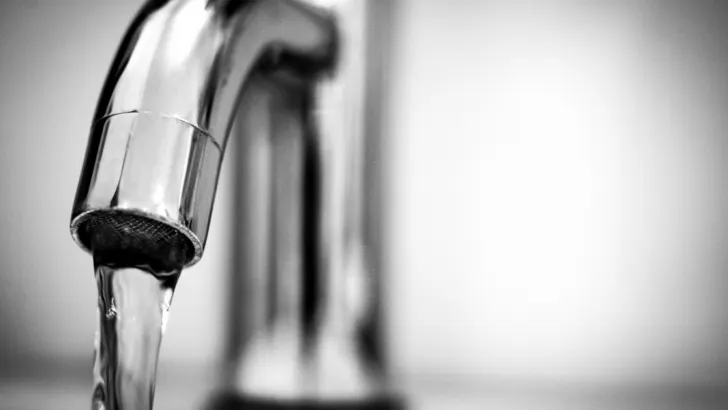
Tech in the Kitchen – Unveiling the Reliability of Touchless Faucets
Pros and Cons on Are touchless kitchen faucets reliable
Pros
As a plumber, I have installed many touchless kitchen faucets for my clients. Here are some of the benefits that I have noticed:
- Convenience: Touchless kitchen faucets are incredibly convenient, especially for those with limited mobility, such as the elderly or for families with young children. You don’t have to touch the faucet handle to turn it on or off, which makes it easier to use when your hands are full or dirty.
- Hygiene: Touchless faucets help to prevent the spread of germs and bacteria, as you don’t have to touch the handle to turn the water on or off. This is especially important in a kitchen, where you are handling raw meat and other foods that can harbor harmful bacteria.
- Water conservation: Touchless faucets are designed to have a low flow rate and to prevent leakage, which means you can save a considerable amount of water compared to traditional faucets. This is not only good for the environment but can also help you save money on your water bill.

Beyond the Sensor – Exploring the Dependability of Touchless Kitchen Faucets
Cons
While touchless kitchen faucets have many benefits, there are also some drawbacks to consider:
- Cost: Touchless kitchen faucets tend to be more expensive than traditional faucets, which can be a significant investment for some homeowners.
- Reliability: Touchless faucets are reliant on sensors to detect movement and turn the water on and off. If the sensor is faulty or becomes dirty, the faucet may not work correctly, which can be frustrating.
- Maintenance: Touchless faucets require regular maintenance to keep them working correctly. You need to keep the sensor clean and free from obstructions, which can be time-consuming.
In conclusion, touchless kitchen faucets have both pros and cons to consider. While they offer many benefits, such as convenience, hygiene, and water conservation, they are also more expensive and require regular maintenance. Ultimately, whether a touchless faucet is right for you will depend on your personal preferences and needs.

Drip or Dream – The Real Deal on Reliability with Touchless Faucets
Comparison of Different Touchless Kitchen Faucet Models
When it comes to touchless kitchen faucets, there are two main types of sensors used to activate the water flow: infrared sensors and ultrasonic sensors. In this section, I will compare different models of touchless kitchen faucets based on the type of sensor they use.
Infrared Sensors
Infrared sensors use heat and motion to detect when a user’s hand is near the faucet, triggering the water flow. Here are some touchless kitchen faucet models that use infrared sensors:
- Moen Arbor Smart Touchless Kitchen Faucet with Voice Control: This faucet features two sensors, one at the base of the spout and one on the top, for improved accuracy. It also has voice control capabilities and a manual handle for adjusting the water temperature and flow rate.
- Glacier Bay Vazon Touchless Kitchen Faucet: This budget-friendly faucet uses a single infrared sensor and has a sleek, modern design. It also has a manual handle for adjusting the water temperature and flow rate.
- Kohler Sensate Touchless Kitchen Faucet: This high-end faucet features a precision activation window that allows for easy hands-free operation. It also has a manual handle for adjusting the water temperature and flow rate.

Faucet Innovations – Are Touchless Models Truly Reliable
Ultrasonic Sensors
Ultrasonic sensors use sound waves to detect when a user’s hand is near the faucet, triggering the water flow. Here are some touchless kitchen faucet models that use ultrasonic sensors:
- Delta Trinsic Touchless Kitchen Faucet: This faucet features a single ultrasonic sensor that is activated by a simple wave of the hand. It also has a manual handle for adjusting the water temperature and flow rate.
- Pfister React Touch-Free Kitchen Faucet: This faucet uses React touch-free technology, which allows for easy hands-free operation. It also has a manual handle for adjusting the water temperature and flow rate.
- American Standard Beale MeasureFill Touchless Kitchen Faucet: This faucet features a unique MeasureFill technology that allows users to preset the amount of water they need for cooking or baking. It also has a manual handle for adjusting the water temperature and flow rate.
Overall, touchless kitchen faucets are a reliable and convenient option for any kitchen. When choosing a touchless kitchen faucet, consider the type of sensor used, as well as additional features such as voice control or MeasureFill technology.

Making Waves – Testing the Waters of Touchless Kitchen Faucet Reliability
How to Troubleshoot Common Problems with Touchless Kitchen Faucets
As someone who has worked with touchless kitchen faucets for a while, I have encountered some common problems that can be frustrating to deal with. However, with a little troubleshooting, these issues can be resolved quickly and easily.
False Activations
One of the most common problems with touchless kitchen faucets is false activations. This occurs when the faucet turns on or off without any interaction from the user. False activations can be caused by a variety of factors, including:
- Nearby objects or people triggering the sensor
- Dirty or obstructed sensors
- Low battery levels
To troubleshoot false activations, start by checking the area around the faucet for any objects or people that could be triggering the sensor. If there are none, try cleaning the sensors with a soft cloth and some water. If that doesn’t work, replace the batteries with fresh ones.

Sleek Solutions – Reliability Check on Touchless Kitchen Faucets
Water Flow Stops
Another common problem with touchless kitchen faucets is water flow stops. This occurs when the water suddenly stops flowing, even though the user is still in front of the faucet. Water flow stops can be caused by a variety of factors, including:
- Low water pressure
- Clogged filters or aerators
- Malfunctioning solenoid valves
To troubleshoot water flow stops, start by checking the water pressure in your home. If it’s low, try increasing it. If that doesn’t work, check the filters and aerators for any clogs or debris. Clean or replace them as necessary. If the problem persists, it may be a malfunctioning solenoid valve. In this case, contact the manufacturer for assistance.
By following these simple troubleshooting steps, you can quickly resolve common problems with touchless kitchen faucets. With a little patience and persistence, you can enjoy the convenience and reliability of touchless kitchen faucets for years to come.
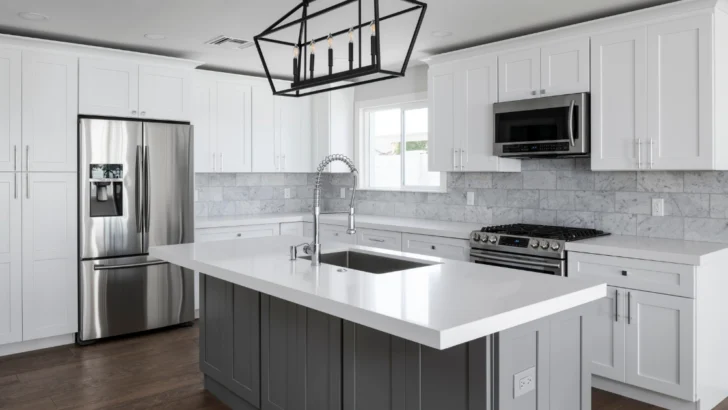
Water Wise and Worry-Free – The Truth About Touchless Faucet Reliability
Comparison of the Cost of Touchless Kitchen Faucets to Traditional Faucets
As I researched touchless kitchen faucets, I found that they are generally more expensive than traditional faucets. However, the cost difference varies depending on the brand, model, and features.
In general, touchless kitchen faucets can cost anywhere from $150 to $1000 or more, while traditional faucets can cost anywhere from $50 to $500 or more. The price of a touchless kitchen faucet can depend on its features, such as the number of sensors, the type of finish, and the type of spray head.
While touchless kitchen faucets may be more expensive, they offer many benefits that traditional faucets do not. For example, touchless faucets can help reduce the spread of germs in the kitchen by eliminating the need to touch the faucet handle.
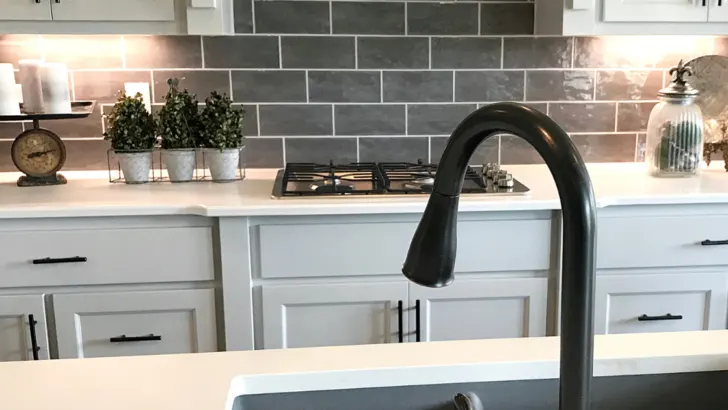
Touchless Magic – Separating Fact from Fiction in Kitchen Faucet Reliability
When comparing the cost of touchless kitchen faucets to traditional faucets, it’s important to consider the long-term cost savings. Touchless faucets can help save water by automatically turning off the water when not in use, which can help lower your water bill over time.
In addition, touchless faucets can be more durable than traditional faucets, which can help save money on repairs and replacements in the long run.
Overall, while touchless kitchen faucets may be more expensive upfront, they offer many benefits that can help save money in the long run.
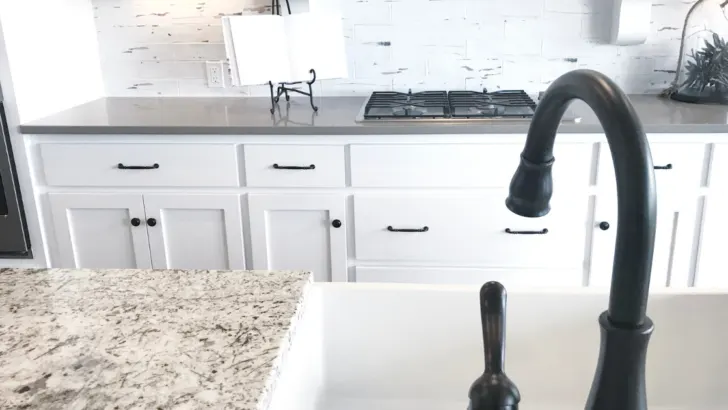
Modern Marvels – Reliability Spotlight on Touchless Kitchen Faucets
Conclusion
I’ve been using a touchless kitchen faucet for the past year now, and I can honestly say that I love it. It’s so convenient to not have to touch the faucet handle, especially when my hands are dirty or wet. I also appreciate the fact that it helps to reduce the spread of germs in my kitchen and can help save water.
Of course, there are some downsides to touchless faucets. They are more expensive than traditional faucets, and they can be more difficult to troubleshoot if they malfunction, having said that, you may want to consider a model that has a manual handle as well as a touchless sensor. But overall, I think the benefits of touchless faucets outweigh the drawbacks.
If you’re considering buying a touchless kitchen faucet, I highly recommend it. Just be sure to do your research and compare different models before you make a purchase.
Resources
- Kitchen Faucet Guides (https://www.kitchenfaucetguides.net/)
- Faucet Mag (https://www.faucetmag.com/)
Frequently Asked Questions
What are the pros and cons of touchless kitchen faucets?
Touchless kitchen faucets have several advantages, including convenience, hygiene, and water conservation. They are easy to use, as you can turn them on and off with a simple wave of your hand. Touchless faucets also reduce the risk of spreading germs and bacteria, as you don’t have to touch the handle with dirty hands. Additionally, they help conserve water by automatically shutting off after a certain period of inactivity.
However, touchless faucets also have some drawbacks. They can be more expensive than traditional faucets, and they require a power source, either batteries or an electrical outlet. They may also be more difficult to install, and some models may be prone to false activations.
What are the disadvantages of touchless faucets?
The main disadvantage of touchless faucets is their cost. They are generally more expensive than traditional faucets, and they require a power source, which can add to the installation cost. Additionally, some models may be prone to false activations, which can waste water and be frustrating to use.
Are touch sensor faucets worth it?
Whether or not touchless faucets are worth the investment depends on your personal preferences and budget. If you value convenience, hygiene, and water conservation, and are willing to pay a premium for these features, then touchless faucets may be worth it for you. However, if you are on a tight budget or don’t see the need for these features, then a traditional faucet may be a better choice.
How long does a touchless faucet stay on?
The length of time that a touchless faucet stays on varies by model and can usually be adjusted by the user. Most touchless faucets have a default run time of around 30 seconds, but this can be changed to anywhere from 3 to 180 seconds.
How long do touchless kitchen faucets last?
The lifespan of a touchless kitchen faucet depends on several factors, including the quality of the faucet, the frequency of use, and the maintenance and care it receives. On average, touchless faucets can last anywhere from 5 to 20 years.
Which kitchen faucets do plumbers recommend?
Plumbers generally recommend high-quality, reliable kitchen faucets from reputable brands such as Moen, Delta, Kohler, and Kraus. These brands offer a range of models, including touchless faucets that are known for their durability, functionality, and ease of installation.
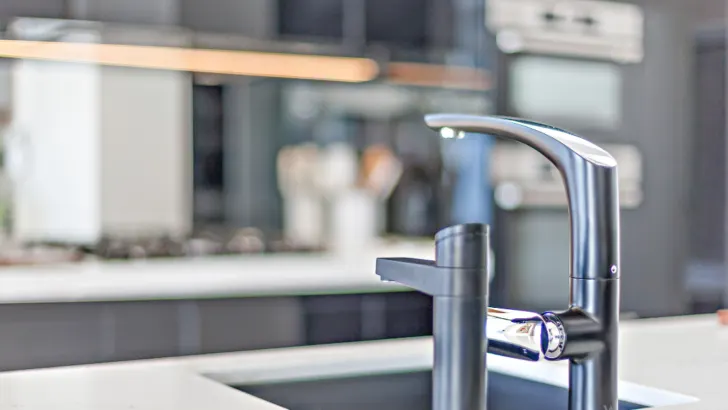
Hands-On Insights – Exploring the Performance of Touchless Faucets
